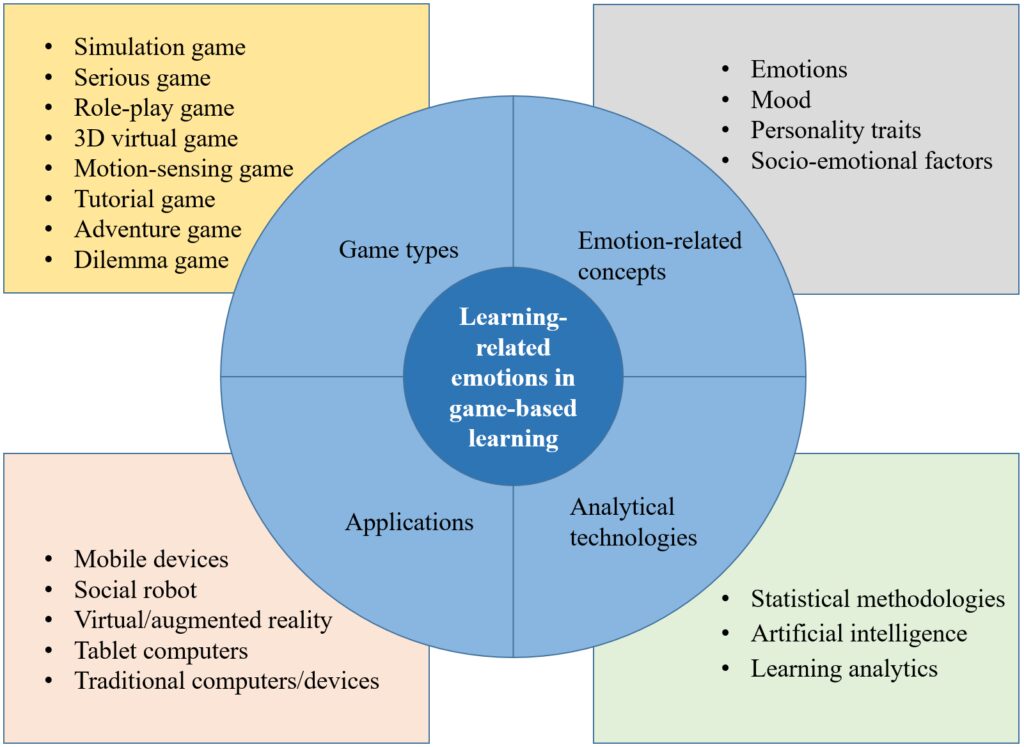Role-playing games (RPGs) have undergone significant changes since their creation as tabletop games played with dice and character sheets. With the evolution of technology, RPGs now offer more immersive, realistic, and interactive experiences, including text-based RPGs, MMORPGs, and virtual reality RPGs. While the tabletop RPGs encourage social interactions and ingenuity, text-based RPGs took it to the internet, and the MMORPGs provided a vast persisting game world to explore. Virtual reality RPGs offer a new level of physical interaction, but they require expensive headsets, powerful consoles, and could lead to motion sickness in some players.
From Tabletop to Virtual Reality: Exploring the Evolution of Role-Playing Games
Introduction
Role-playing games (RPGs) have come a long way from their humble beginnings as tabletop games played with dice and character sheets. The evolution of technology has enabled RPGs to become more immersive, realistic, and interactive than ever before. In this article, we will explore the evolution of RPGs, from traditional tabletop games to the modern virtual reality setups, and how technology has revolutionized the way we experience RPGs.
Tabletop RPGs
Tabletop RPGs are the forefather of all RPGs. These games were played by a group of people gathered around a table, taking turns to create and narrate stories. The most famous tabletop RPGs are Dungeons & Dragons, Pathfinder, and Call of Cthulhu. In tabletop RPGs, players create their characters, including their backstory, traits, and abilities. The game master creates the story and sets the narrative, and the players must navigate the story, make decisions, and roll dice to determine the outcome of their actions.
Tabletop RPGs offer a unique social experience as they bring people together around a table. It’s a group activity that encourages face-to-face interaction and communication. Players can get creative with their characters, and the game master can tailor the story to fit their needs. However, the gameplay heavily relies on imagination and the abilities of the game master to create a compelling story.
Text-Based RPGs
Text-based RPGs evolved from tabletop RPGs, but instead of gathering around a table, players interacted through text on a computer screen. The first text-based RPGs appeared in the late 1970s, and they quickly gained popularity. The most popular text-based RPGs were MUDs (multi-user dungeons) and MOOs (MUD, object-oriented). These games were played through a telnet connection, where players typed commands to control their characters and interact with the game world.
Text-based RPGs offered a new level of immersion and interaction, as players could interact with other players from all over the world. Unlike tabletop RPGs, text-based RPGs had a persistent game world that continued to exist even when the player logged out. However, the gameplay was still mostly imagination-based, and the game relied on the ability of the players to write and describe their actions.
MMORPGs
MMORPGs (massively multiplayer online role-playing games) are the most popular RPGs today. MMORPGs evolved from text-based RPGs, but they added graphics, sound, and a more immersive game world. The first MMORPG was Ultima Online, released in 1997, followed by EverQuest, and then World of Warcraft in 2004.
MMORPGs offer a vast, persistent game world where players can interact with each other and complete quests. Players create their characters, level up, and acquire loot. They can join guilds and participate in player vs. player combat. MMORPGs are highly social games that require teamwork, communication, and dedication to progress. MMORPGs rely on a monthly subscription model, and players can spend hundreds of hours playing the game.
Virtual Reality RPGs
The latest evolution in RPGs is virtual reality. Virtual reality RPGs offer a new level of immersion, where players can physically interact with the game world. Virtual reality RPGs are still in their infancy, but they offer a glimpse of what the future of RPGs could look like.
Virtual reality RPGs use headsets and motion controllers to immerse the player in the game world. They offer a level of physical interaction and immersion that no other RPG can match. Players can swing swords, cast spells, and move around the game world just as they would in real life. However, virtual reality RPGs are expensive, require a powerful PC or console, and may cause motion sickness in some players.
Conclusion
RPGs have come a long way since their humble beginnings. From tabletop games played with dice to virtual reality setups, RPGs have evolved to offer a highly immersive and interactive experience. Technology has revolutionized the way we play RPGs and has opened up new possibilities for storytelling, social interaction, and immersion. As technology continues to evolve, RPGs will continue to evolve, and we can only imagine what the future of RPGs will look like.
